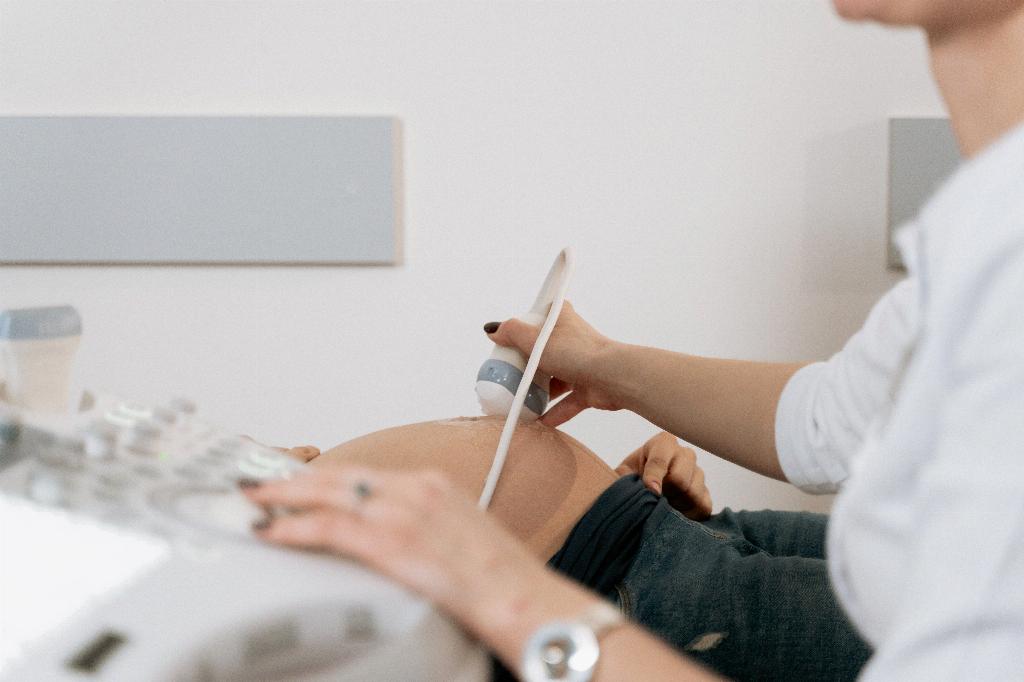Having multiple C-sections can pose various risks and complications to both the mother and the baby. When it comes to having more than three C-sections, the risks can become more pronounced and potentially more dangerous.
One of the primary concerns with having multiple C-sections is the increased likelihood of uterine rupture. The more C-sections a woman has, the higher the risk of the uterus tearing along the scar from previous surgeries. This can be a life-threatening emergency that requires immediate medical attention.
Additionally, with each successive C-section, there is a higher chance of developing complications such as scar tissue buildup. Scar tissue can lead to issues like heavy bleeding during and after the delivery, making it challenging for healthcare providers to control the bleeding effectively.
Another significant risk associated with having more than three C-sections is the potential for placental problems. As the number of C-sections increases, the likelihood of the placenta implanting abnormally or developing issues like placenta previa or placenta accreta also rises.
Women who undergo multiple C-sections may also experience difficulties with future pregnancies. The scar tissue from previous surgeries can cause the placenta to implant improperly in subsequent pregnancies, leading to complications such as placental abruption or fetal distress.
Moreover, each C-section surgery carries inherent risks of infection, blood clots, and anesthesia-related complications. Having numerous C-sections can increase the cumulative risk of experiencing these adverse outcomes, which can impact both the mother’s health and the baby’s well-being.
Furthermore, recovering from multiple C-sections can be more challenging than after a single surgery. With each C-section, the abdominal muscles and surrounding tissues are further weakened, prolonging the recovery period and potentially increasing the risk of post-operative complications.
In some cases, women who have had multiple C-sections may face challenges in finding healthcare providers willing to perform additional surgeries due to the heightened risks involved. This can limit options for future deliveries and necessitate specialized care from experienced obstetricians.
It is essential for women considering or facing the prospect of multiple C-sections to have open and honest discussions with their healthcare providers about the potential risks and benefits. Understanding the implications of repeated C-sections can help women make informed decisions about their reproductive health.
In conclusion, having more than three C-sections can increase the likelihood of experiencing complications such as uterine rupture, scar tissue buildup, placental problems, and challenges in future pregnancies. Women should prioritize their health and well-being by seeking comprehensive medical guidance and support when navigating the complexities of multiple C-section surgeries.

